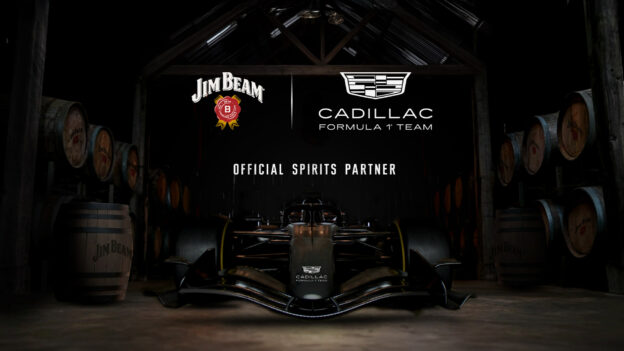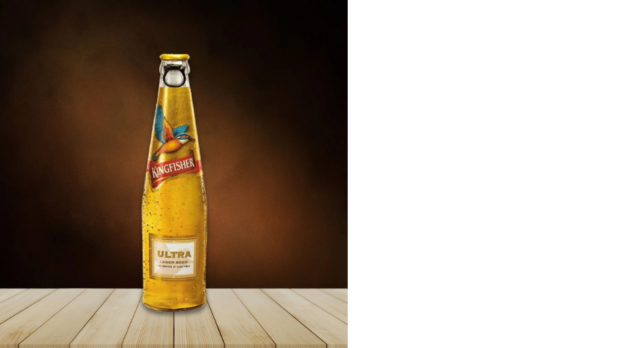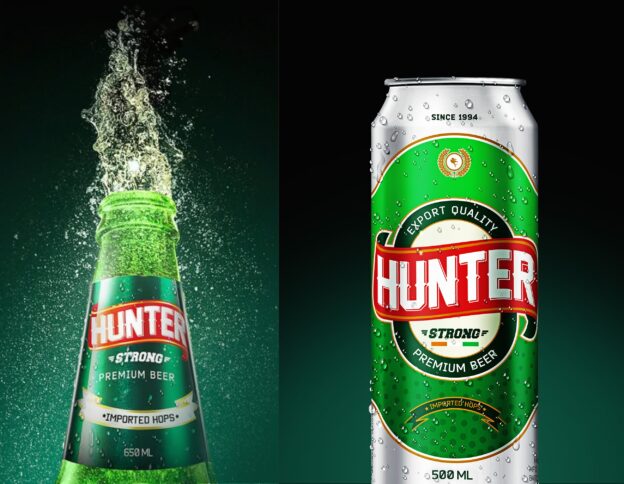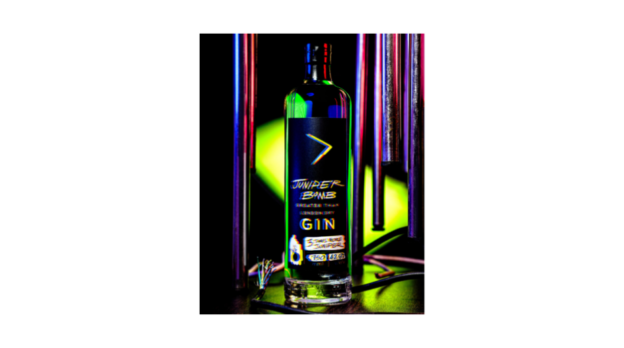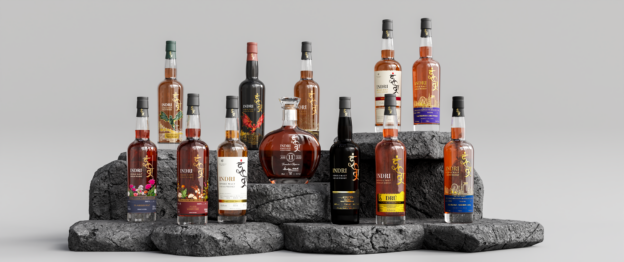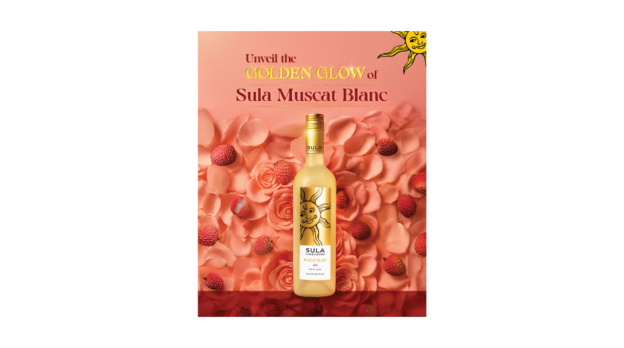- Two American originals united on one world stage
Jim Beam bourbon, and the Cadillac Formula 1 Team, have entered into a multi-year global partnership that brings together two of the most iconic names in American culture, now united on the world’s fastest stage: Formula 1. In 2026, the Cadillac Formula 1 Team will enter the FIA Formula 1 World Championship as the first new addition to the grid since 2016, with Jim Beam as its Official Spirits Partner.
Formed by TWG Motorsports and General Motors, the Cadillac Formula 1 Team brings together a legacy of engineering excellence and a shared commitment to innovation and performance—representing a new chapter in American participation on the global Formula 1 stage.
“More than a sponsorship, this story has been 90 years in the making. Every evening, Jim Beam, the brand’s legendary founder, would place a mason jar of his proprietary yeast—the living heart of his protected recipe—in the front seat of his Cadillac and drive it home to protect it from fire and prohibition. This daily ritual preserved the essential ingredient that still defines Jim Beam’s unmatched flavour enjoyed today around the world. Today, Fred Noe, Jim Beam’s seventh generation master distiller, still drives a Cadillac, a quiet tribute to the car that helped safeguard his family legacy,” a release from Jim Beam said.
“We are excited to bring the soul of Kentucky to the global stage of Formula 1 with Cadillac, a brand that’s been part of the Beam family’s story through the ages,” said Rashidi Hodari, managing director, James B. Beam Distilling Co.
“Both car racing and making Jim Beam bourbon require every individual and moving part to come together to create a positive collective outcome. The pit crew and our distillery workers both rely on the power of their communities to win. It’s this common understanding and the importance of connection with the next generation of Formula 1 fans that inspires us.”
With a vision to help the sport reach new audiences, the Official Partnership will come to life both on and off the track through immersive fan experiences with a focus on alcohol responsibility, retail and trade activations, and most importantly, a desire to bring people together.
“This partnership brings together two icons of American heritage to create something truly special,” said Cadillac Formula 1 Team Chief Executive Officer Dan Towriss. “Formula 1 is a global stage, and we want to take our fans on this journey with us every step of the way. Our vision goes beyond racing—we’re building a team that lives where sport, technology, and culture collide. With Jim Beam joining our family of partners, the momentum behind this project grows stronger every day as we gear up for our debut next year.”
With a core value of connection, uniting fans across the world, sport and music have always played a role in the Jim Beam brand’s heritage. From sponsoring the National Football League’s (NFL)Kansas City Chiefs and Dallas Cowboys, the Major League Baseball’s (MLB) L.A. Dodgers, and the United States Soccer Federation (U.S.S.F), to car racing including the Indianapolis 500 and NASCAR in the U.S., and Dick Johnson Racing (DJR), Australia’s oldest racing team. The brand has also brought fans together through local music festivals and underground shows around the world, and with global musical acts such as Muse and LeSserafim.

